Best movies like The Incredible Machine
A unique, carefully handpicked, selection of the best movies like The Incredible Machine Starring E.G. Marshall, and more. If you liked The Incredible Machine then you may also like: The Wolf Men, The Naked Eye, Ryan, Koyaanisqatsi, All Light, Everywhere and many more popular movies featured on this list. You can further filter the list even more or get a random selection from the list of similar movies, to make your selection even easier.
The Incredible Machine [also known as Man: The Incredible Machine] is a 1975 American documentary film directed by Irwin Rosten and Ed Spiegel. It follows a "ourney" inside the human body, using advanced technology of microscopic photography and sound, including scenes of heat radiation, color x-rays, and camera exploration of a living human heart. The film is famous for including some of the first pictures ever taken inside the human body and presented on film, using some of the earliest film that medical researchers had taken inside the human digestive tract and bloodstream. It ranked as the most-watched program in Public Broadcasting Service until 1982. It was nominated for an Academy Award for Best Documentary Feature.
You may filter the list of movies on this page for a more refined, personalized selection of movies.
Still not sure what to watch click the recommend buttun below to get a movie recommendation selected from all the movies on this list
The Naked Eye
The Naked Eye is a 1956 American documentary film about the history of photography directed by Louis Clyde Stoumen. It was nominated for an Academy Award for Best Documentary Feature.
Koyaanisqatsi
Takes us to locations all around the US and shows us the heavy toll that modern technology is having on humans and the earth. The visual tone poem contains neither dialogue nor a vocalized narration: its tone is set by the juxtaposition of images and the exceptional music by Philip Glass.
All Light, Everywhere
The film explores the past, present, and future relationships between technology, vision, and power. From arcane theories of sight to the emergence of virtual reality and police body camera programs, the film takes a kaleidoscopic investigation into how the reality of what we see is constructed through the tools that we use to see.
Cameraman: The Life and Work of Jack Cardiff
In 2001 Jack Cardiff (1914-2009) became the first director of photography in the history of the Academy Awards to win an Honorary Oscar. But the first time he clasped the famous statuette in his hand was a half-century earlier when his Technicolor camerawork was awarded for Powell and Pressburger's Black Narcissus. Beyond John Huston's The African Queen and King Vidor's War and Peace, the films of the British-Hungarian creative duo (The Red Shoes and A Matter of Life and Death too) guaranteed immortality for the renowned cameraman whose career spanned seventy years.
Hardware
Mark 13 is a government-built killing machine programmed with artificial intelligence, able to repair and recharge itself from any energy source. Through a series of coincidences, the cyborg's head ends up in the home of a sculptress as a bizarre Christmas present from her boyfriend. Once inside its new home, the cyborg promptly reconstructs the rest of its body using a variety of household utensils and proceeds to go on a murderous rampage.
Fantastic Voyage
In order to save an assassinated scientist, a submarine and its crew are shrunk to microscopic size and injected into his bloodstream.
The End of the Road
The End of the Road (also known as Alaska: The End of the Road) is a 1976 British short documentary film directed by John Armstrong. The film is about British Petroleum's Alaska operations, including the construction of the Trans-Alaska Pipeline System. It was nominated for an Academy Award for Best Documentary Short.
For All Mankind
A testament to NASA's Apollo program of the 1960s and '70s. Composed of actual NASA footage of the missions and astronaut interviews, the documentary offers the viewpoint of the individuals who braved the remarkable journey to the moon and back.
Was It Only a Paper Moon?
James M. Collier outlines his theories on the supposedly faked moon landing.
In the Shadow of the Moon
Archival material from the original NASA film footage – much of it seen for the first time – plus interviews with the surviving astronauts, including Jim Lovell, Dave Scott, John Young, Gene Cernan, Mike Collins, Buzz Aldrin, Alan Bean, Edgar Mitchell, Charlie Duke and Harrison Schmitt.
The Sea Around Us
Irwin Allen explores the mysteries of the deep blue sea in this Technicolor documentary. Based on Rachel L. Carson's famous study, this Oscar winning project investigates everything under the sea, from sharks, whales and octopuses to microscopical creatures and their coexistence in this vast underwater world.
Introducing Dorothy Dandridge
An acclaimed stage performer, Dorothy still struggled with the challenge of her color, in a time that wouldn't let some stars in by the front door. Yet against the odds she beat out many more famous rivals for the role of "Carmen Jones", becoming the first black woman ever nominated for a Best Actress Academy Award. Marriages and affairs would break her heart, but her heart was strong. Seductive and easily seduced, she was born to be a star - with all the glory and all the pain of being loved, abused, cheated, glorified, undermined and undefeated. Here was a woman who wouldn't wait in the wings. Halle Berry stars as Dorothy Dandrige.
Computer Chess
At the American Computer Chess Convention, enthusiasts gather to pit their programs against other computer chess programs and human players in a tournament for a grand prize of $7500.
Liz & Dick
On the set of Cleopatra, Hollywood's most beautiful star, Elizabeth Taylor, fell into the arms of one of the world's greatest actors, Richard Burton - and she didn't leave. Their subsequent white-hot, scandalous love affair gave rise to the paparazzi and they became the most hunted and photographed couple on earth. Their rocky, passionate, relationship, born in front of the cameras, was subsequently captured in a series of films, including The V.I.P.s and Who's Afraid of Virginia Woolf? The last of the great, extravagant stars, flaunting diamonds, yachts and private planes, they continually seized the headlines. They even divorced and married again - only to divorce again - but remain in each other's hearts. This Elizabeth Taylor - Richard Burton story is a no-holds barred account of their undying, but impossible love.
Programmed to Kill
International terrorist leader, Fatima, is critically injured when she attempts to hijack a jumbo jet and is thwarted by Eric Matthews and his anti-terrorist organization, The Retaliators. Fatima is taken to a top-secret research institute, where she is turned into a lethal cyborg and programmed to hunt down the members of her own terrorist group. In the heat of battle, her computerized brain malfunctions, and she turns her lethal vengeance on the Retaliators. Now Eric Matthews and his team must match human cunning against deadly technology.
The Terminal Man
As the result of a head injury, brilliant computer scientist Harry Benson begins to experience violent seizures. In an attempt to control the seizures, Benson undergoes a new surgical procedure in which a microcomputer is inserted into his brain. The procedure is not entirely successful.
Elizabeth Taylor: An Intimate Portrait
Vintage 1975 documentary about the life of movie queen Elizabeth Taylor hosted by Peter Lawford, and featuring appearances by actors Roddy McDowall and Rock Hudson, directors Richard Brooks and Vincente Minnelli, Elizabeth's mother Sara Taylor, costumer Helen Rose, and producer Sam Marx.
Hiroshima
The documentary recounts the world's first nuclear attack and examines the alarming repercussions. Covering a three-week period from the Trinity test to the atomic bombing of Hiroshima, the program chronicles America's political gamble and the planning for the momentous event. Archival film, dramatizations, and special effects feature what occurred aboard the Enola Gay (the aircraft that dropped the bomb) and inside the exploding bomb.
Inside the Living Body
Take a fascinating journey inside the bizarre world of a living human being with this compelling documentary from National Geographic, where microscopic cameras and other state-of-the-art technologies reveal perspectives that will blow your mind. Tracking the body of a female from infancy to old age, viewers will observe the digestion of a meal, the development of the cardiac system and other mesmerizing aspects of the body's inner workings.
Mark Knopfler: A Life in Songs
Mark Knopfler is one of the most successful musicians in the world. During the past 30 years he has written and recorded over 300 songs including some of the most famous in popular music. In this in-depth documentary he talks about how these songs have defined him and how they have been influenced by his own life and roots. It features previously unseen photographs from his personal collection and comprehensive footage spanning his career from a struggling musician playing in pubs in Leeds in the 1970s, to the record-breaking success with Dire Straits and his world tour as a solo artist. Looking back over the 25 years since he wrote the iconic Brothers In Arms album, the film takes an affectionate look at how this formidable, creative man has operated as a musician for three decades and how he continues to do so as a solo artist who is as much in demand as ever.
National Geographic: The Incredible Human Body
Cutting-edge medical technology and riveting, life-or-death personal dramas combine in this unprecedented, emotionally compelling exploration of The Incredible Human Body.
The Incredible Bionic Man
From bionic arms and legs to artificial organs, science is beginning to catch up with SF in the race to replace body parts with man-made alternatives. How to Build a Bionic Man follows psychologist Bertolt Meyer, who has a bionic hand himself, as he meets scientists working at the cutting edge of research to find out just how far this new technology can go. Now, thanks to research on advanced prosthetic arms and legs, as well as artificial eyes, hearts and lungs - and even hybrids between computer chips and living brains - scientists can finally replace body parts and even improve on human abilities. While Bertolt's search shows just how far science has come, it also asks questions about what it means to be human and where this technology could lead in the future.
Star Trek: Voyager - Inside the New Adventure
Star Trek: Voyager – Inside the New Adventure was a special documentary, running for 50 minutes, produced by BECK-OLA Productions for broadcasting by UPN on 9 January 1995, the week prior to the premiere of Star Trek: Voyager. Hosted by Robert Picardo, the program went behind the scenes at the making of the pilot episode, "Caretaker", as well as the creation of the series itself. Segments included interviews with the cast and crew, as well as a "day-in-the-life" feature following Ethan Phillips during the filming of the Ocampa desert scenes.
Guitar Picks and Roach Clips
"A hippie takes a musical journey through hallucinogen animation." ----------------------------------Summary from Boxoffice [Issue from 4/14/1975, p.6] This Real Live productions film consists of a kaleidoscope of images and colors, flashes of real-life scenes and animated art work, all set to music. There is no plot. The thread that holds this full-length feature together is an animated hippie character who sits in his living room listening to a Los Angeles radio station while smoking marijuana. His “high” allows him to dream up all the images on-screen. Although the film is overly long and, for that reason, seems disconnected, the photography and art work (by Patrick) are quite enjoyable. The picture seems meant to be viewed by young people and might find appeal in selective showcasing. Anton Noel produced, directed and wrote the film, done in four-channel Quadrophonic sound. Soundtrack is available from Storybook Records.
Nuclear Now
With unprecedented access to the nuclear industry in France, Russia, and the United States, Nuclear Now explores the possibility for the global community to overcome the challenges of climate change and energy poverty to reach a brighter future through the power of nuclear energy. Beneath our feet, Uranium atoms in the Earth’s crust hold incredibly concentrated energy. Science unlocked this energy in the mid-20th century, first for bombs and then to power submarines. The United States led the effort to generate electricity from this new source. Yet in the mid-20th century as societies began the transition to nuclear power and away from fossil fuels, a long-term PR campaign to scare the public began, funded in part by coal and oil interests.
The Great American Cowboy
The battle between two rodeo stars for the world championship: veteran Larry Mahan and newcomer Phil Lyne. Narrated by Cowboy Hall of Fame actor Joel Mc Crea, this Academy Award-winning documentary takes the viewer inside the rodeo arena with today's cowboys. Features incredible "in-the-saddle" photography.
Kukan: The Battle Cry of China
Rey Scott received an Honorary Academy Award for this documentary "For his extraordinary achievement in producing Kukan, the film record of China's struggle, including its photography with a 16mm camera under the most difficult and dangerous conditions."
Chasing Ice
When National Geographic photographer James Balog asked, “How can one take a picture of climate change?” his attention was immediately drawn to ice. Soon he was asked to do a cover story on glaciers that became the most popular and well-read piece in the magazine during the last five years. But for Balog, that story marked the beginning of a much larger and longer-term project that would reach epic proportions.
Say Goodbye
Say Goodbye is a 1971 American documentary film about the relationship between humans and nature, directed by David H. Vowell. The film depicts the plight of various animal species at the hands of man and his influence. Some segments include the clubbing of seals on the Pribilof Islands, the effect of DDT on brown pelican populations in Texas, and the plight of severely endangered animals. It was nominated for the Academy Award for Best Documentary Feature.
Journey to the Outer Limits
Journey to the Outer Limits is a 1973 American documentary film directed by Alexander Grasshoff. The fillm is a National Geographic documentary about students in the Outward Bound program as they confront themselves while training to climb the Santa Rosa Peak in the Peruvian Andes. It was nominated for an Academy Award for Best Documentary Feature.
Fighting for Our Lives
Fighting for Our Lives is a 1975 documentary film produced and directed by Glen Pearcy. The film documents the striking of California grape workers from Coachella to Fresno as they negotiate for a United Farm Workers (UFW) contract in 1973. The film also depicts their non-violent struggle against police brutality on the picket lines. It was nominated for the 1976 Academy Award for Best Documentary Feature.
An Essay on Matisse
Chronicles the life and art of Henri Matisse (1869-1954), the French painter whose innovative style and use of color changed the face of 20th-century art. An Essay on Matisse was nominated for an Academy Award in the documentary short category. It was originally broadcast on PBS.





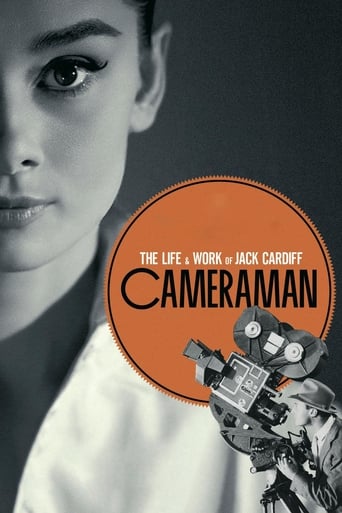











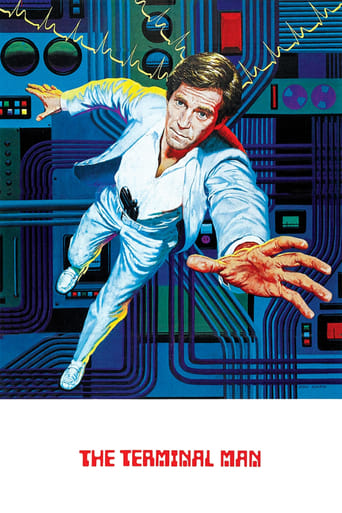










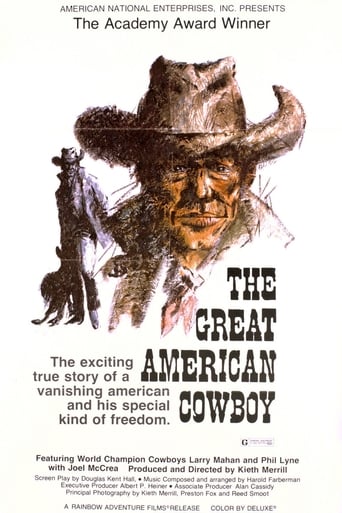

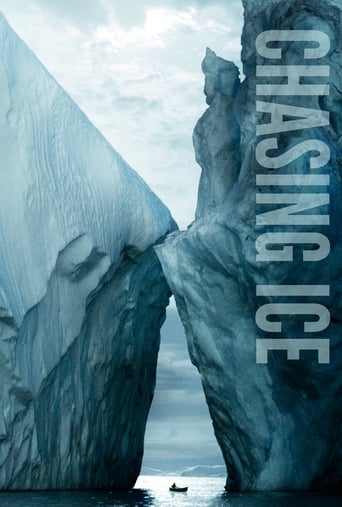





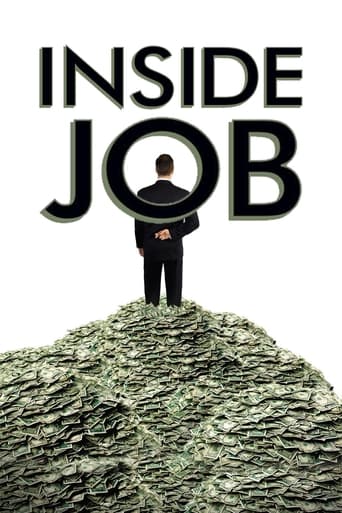
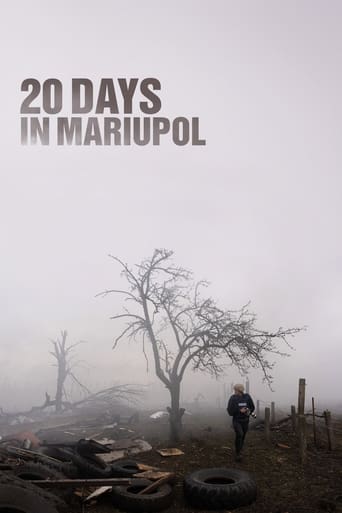


The Wolf Men
The Wolf Men [also known as Wolves and the Wolf Men) is a 1969 documentary film produced by Irwin Rosten. It was produced for the GE Monogram documentary series on NBC. The film follows naturalists as they fight to save rapidly vanishing species of wolves. It was nominated for an Academy Award for Best Documentary Feature.